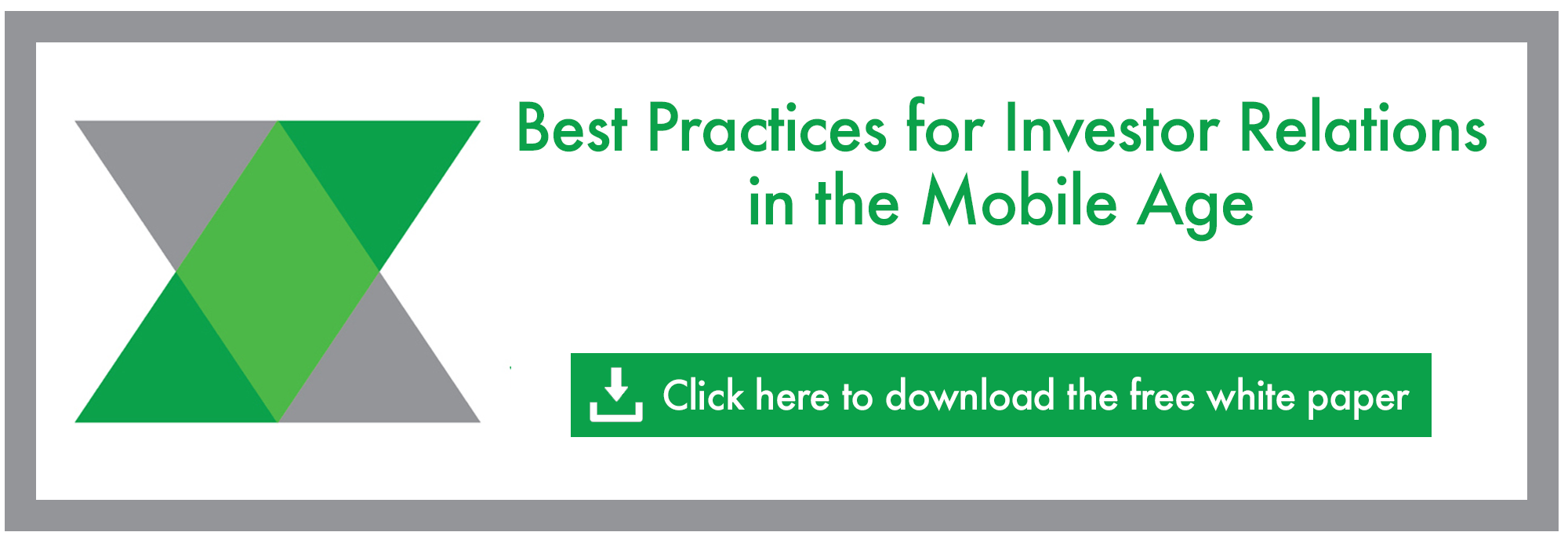Today, business professionals access information via a wide variety of digital and non-digital sources — but the ability to effectively filter, analyze, communicate, and act upon that information can be a challenge.
The Harvard Business Review describes competitive intelligence (CI) as “a perspective on changing market conditions.” In other words, companies must take measures to keep a finger on the pulse of the market, then alter their existing strategies preemptively to capitalize on opportunities and avoid potential risks.
But this is often easier said than done. While collecting market research and data is a good start, aggregating information alone doesn’t help in the long run without further action.
The professionals who are currently implementing CI best practices perform qualitative and comparative analyses of current market conditions, data, and industry news in order to interpret and apply CI so as to provide real value to the high-level executives they report to, and so those executives, in turn, can make better-informed decisions. Ultimately, solid CI is actionable information that has been corroborated by expert analysis, comparison, and data-backed prediction.
In a report about the changing demands of an Investor Relations Officer (IRO) position, Bloomberg explains that as we move forward into 2016, CI will be a key focus for the IR space. IROs are typically well-suited to this task, as many of them have a background in sophisticated analysis (as of 2012, Bloomberg reported that more than 15% of IROs were former buy-side or sell-side analysts).
However, IROs are expected to be communications professionals as well, serving as the face of the organization to stakeholders, and as advisors to the Board of Directors and C-level executives.
Boost Your IR’s IQ
So how do you implement CI into your existing IR strategy? For starters, you should be reading analyst reports, press releases, and sell-side reports, keeping tabs on social media — particularly Twitter and LinkedIn — and attending as many investor conferences as possible in order to glean deeper information about rival companies’ financal status, new product plans, business model tweaks and strategic plans.
Particularly savvy IROs will also make use of old-school professional networking techniques, gathering important information through their clients and other peer-to-peer social channels.
The next step is to analyze the information that’s been gathered — compare your company’s performance to that of its peers, looking at the broader trends and identifying new players or products in their markets in the process.
Be careful not to limit yourself to comparisons with only direct competitors — the metrics of companies in tangential sectors or with slightly different offerings can be helpful, allowing “big picture” trends and patterns to come into focus, helping to identify potential risks and opportunities that might have gone overlooked with a more myopic view.
Effective Intelligence Requires Equally Effective Communication
The final step is, in fact, the most important step of all, and can be summed up by a single question: how do you effectively communicate this information to the executives in your company? After all, they’re the ones who will take actions to improve the company’s competitive advantage.
For example, the October 2015 issue of IR Update reports that Dell IR Director Kristy Bias has established a system that ranks companies as either “tier one” (more competitive) or “tier two” (less competitive), which dictates the timing of her actions thereafter.
She delivers intelligence from any “tier one” company immediately, and then follows up with additional, more conclusive research the next day. Conversely, she waits to send any intelligence from a “tier two” company until after she conducts her formal analysis.
Alexandra Deignan of Schnitzer Steel sends a roundup of recent news, stock performance, research reports, global market trends, and upcoming conferences — what she calls a “one-stop-shop” of pertinent information — to a select group of executives every Saturday morning, which allows them to begin their week feeling prepared and informed.
One of the most important tenets of CI is that in order to be effective, it must be consistent. It’s impossible to visualize the big picture and keep tabs on changes and trends if metrics aren’t monitored on a steady, day-to-day basis.
Point is, by establishing a more systematic approach to reporting, IROs can rest assured that none of the essential CI they gather falls through the cracks.
(Main image credit: OTA Photos/flickr)


